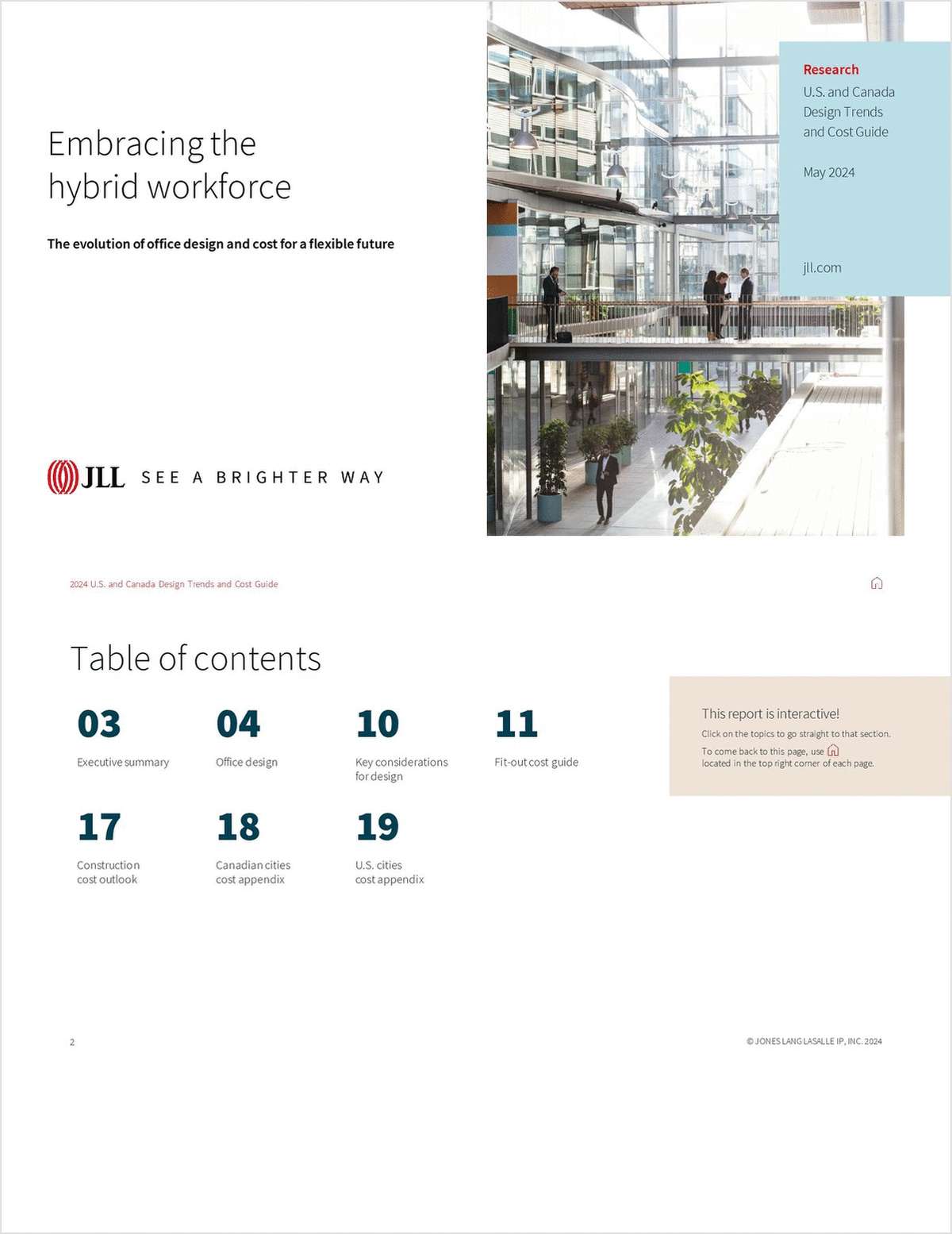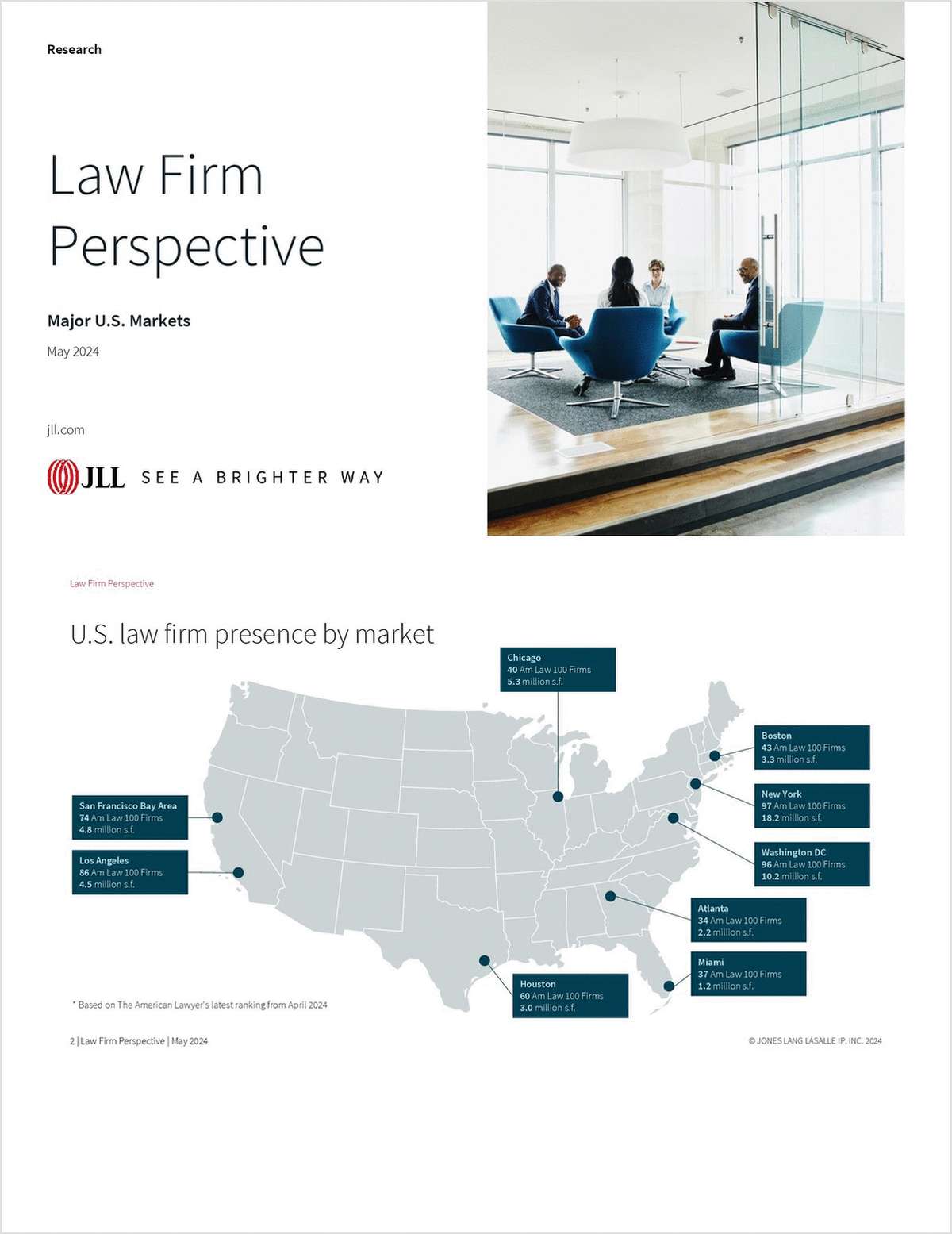 Credit: William Brown
Credit: William BrownOptions Abound: ALSPs Give Clients More Choices Than Ever in 2020
How will firms respond to the increasingly wide variety of legal service providers clients can now turn to?
January 02, 2020 at 02:00 PM
4 minute read
At the dawn of 2020, leaders of corporate law departments have choices like never before. Gone are the days when they had one option to handle a legal matter that surpassed the capabilities of their in-house staff: dial up a law firm. The market abounds with new vendors—Axiom, UnitedLex, Elevate and plenty of less-prominent names—that promise new ways of handling legal work, and the Big Four accounting firms continue to eye legal services as an opportunity. With the rise of legal operations as a discipline, clients have turned to data to guide their efforts to slice and dice work between firms and alternative providers.
In spite of this cornucopia of options, the terrain remains surprisingly firm. According to a recent survey from Altman Weill, only 27.7% of chief legal officers anticipate trimming their outside legal spending in 2020. Of those who do, only 19.7% said that shifting work to non-law firm vendors would be part of their cost-cutting strategy. Compare that to the 57.6% of respondents who said they would keep more work in-house and the 50% who aimed to negotiate better rates.
Nonetheless, complacency isn't an option. In 2020, expect more and more law firms to advance along one of two paths: partnering with alternative providers, or enhancing their own internal capabilities to handle high-volume, low-margin work.
"That is going to be a necessity for firms that handle the type of work that is subject to more rate pressure," says Marcie Borgal Shunk, president and founder of the Tilt Institute, a law firm advisory. "Creating their own in-house groups to do that will make sense just as much as aligning with others to service that need."
Some clients that have already started dividing work among multiple levels of vendors have discovered that quality has suffered in the absence of one party that absorbs full responsibility. But that presents a new opportunity for law firms to serve as point person, rather than begging to take on all the work by themselves again.
"Clients want somebody to be accountable. Law firms can be the accountable party, then find somebody to do the job," says Greenberg Traurig shareholder Thomas Romer.
In 2019, Greenberg launched a subsidiary, Recurve, that aims to do just that, serving as an intermediary connecting clients, firms and alternate providers. Romer anticipates more collaboration between firms to handle issues including legal technology, pointing to the growing momentum behind Reynen Court, the platform financially backed by Clifford Chance and Latham & Watkins, among others.
When it comes to integrating technology and improving processes, the Big Four are already ahead of the curve. Although they are still barred from directly offering legal services in the United States, one sign of their continued appetite for growth is in their alliances with established firms. Take Deloitte's recent pairing with Epstein Becker Green on employment law as an example. Expect to see even more of these tie-ups, even as discussions of regulatory changes in several states could open the door even wider.
"They are pushing the envelope more in 2019 than they ever have," Shunk says.
Not every law firm faces the same degree of risk. "Some are very much in the way of the Big Four and some are at a different level," Winston & Strawn chief information officer David Cunningham says.
But even firms keeping the Big Four at arm's length would be wise to watch them carefully.
"The impact on us isn't so direct, but we're adapting anyway," Cunningham adds.
This content has been archived. It is available through our partners, LexisNexis® and Bloomberg Law.
To view this content, please continue to their sites.
Not a Lexis Subscriber?
Subscribe Now
Not a Bloomberg Law Subscriber?
Subscribe Now
NOT FOR REPRINT
© 2024 ALM Global, LLC, All Rights Reserved. Request academic re-use from www.copyright.com. All other uses, submit a request to [email protected]. For more information visit Asset & Logo Licensing.
You Might Like
View All
A Look Back at High-Profile Hires in Big Law From Federal Government
4 minute read
Arnold & Porter Matches Market Year-End Bonus, Requires Billable Threshold for Special Bonuses
3 minute read
Grabbing Market Share From Rivals, Law Firms Ramped Up Group Lateral Hires

Law Firms Mentioned
Trending Stories
Who Got The Work
Michael G. Bongiorno, Andrew Scott Dulberg and Elizabeth E. Driscoll from Wilmer Cutler Pickering Hale and Dorr have stepped in to represent Symbotic Inc., an A.I.-enabled technology platform that focuses on increasing supply chain efficiency, and other defendants in a pending shareholder derivative lawsuit. The case, filed Oct. 2 in Massachusetts District Court by the Brown Law Firm on behalf of Stephen Austen, accuses certain officers and directors of misleading investors in regard to Symbotic's potential for margin growth by failing to disclose that the company was not equipped to timely deploy its systems or manage expenses through project delays. The case, assigned to U.S. District Judge Nathaniel M. Gorton, is 1:24-cv-12522, Austen v. Cohen et al.
Who Got The Work
Edmund Polubinski and Marie Killmond of Davis Polk & Wardwell have entered appearances for data platform software development company MongoDB and other defendants in a pending shareholder derivative lawsuit. The action, filed Oct. 7 in New York Southern District Court by the Brown Law Firm, accuses the company's directors and/or officers of falsely expressing confidence in the company’s restructuring of its sales incentive plan and downplaying the severity of decreases in its upfront commitments. The case is 1:24-cv-07594, Roy v. Ittycheria et al.
Who Got The Work
Amy O. Bruchs and Kurt F. Ellison of Michael Best & Friedrich have entered appearances for Epic Systems Corp. in a pending employment discrimination lawsuit. The suit was filed Sept. 7 in Wisconsin Western District Court by Levine Eisberner LLC and Siri & Glimstad on behalf of a project manager who claims that he was wrongfully terminated after applying for a religious exemption to the defendant's COVID-19 vaccine mandate. The case, assigned to U.S. Magistrate Judge Anita Marie Boor, is 3:24-cv-00630, Secker, Nathan v. Epic Systems Corporation.
Who Got The Work
David X. Sullivan, Thomas J. Finn and Gregory A. Hall from McCarter & English have entered appearances for Sunrun Installation Services in a pending civil rights lawsuit. The complaint was filed Sept. 4 in Connecticut District Court by attorney Robert M. Berke on behalf of former employee George Edward Steins, who was arrested and charged with employing an unregistered home improvement salesperson. The complaint alleges that had Sunrun informed the Connecticut Department of Consumer Protection that the plaintiff's employment had ended in 2017 and that he no longer held Sunrun's home improvement contractor license, he would not have been hit with charges, which were dismissed in May 2024. The case, assigned to U.S. District Judge Jeffrey A. Meyer, is 3:24-cv-01423, Steins v. Sunrun, Inc. et al.
Who Got The Work
Greenberg Traurig shareholder Joshua L. Raskin has entered an appearance for boohoo.com UK Ltd. in a pending patent infringement lawsuit. The suit, filed Sept. 3 in Texas Eastern District Court by Rozier Hardt McDonough on behalf of Alto Dynamics, asserts five patents related to an online shopping platform. The case, assigned to U.S. District Judge Rodney Gilstrap, is 2:24-cv-00719, Alto Dynamics, LLC v. boohoo.com UK Limited.
Featured Firms
Law Offices of Gary Martin Hays & Associates, P.C.
(470) 294-1674
Law Offices of Mark E. Salomone
(857) 444-6468
Smith & Hassler
(713) 739-1250










